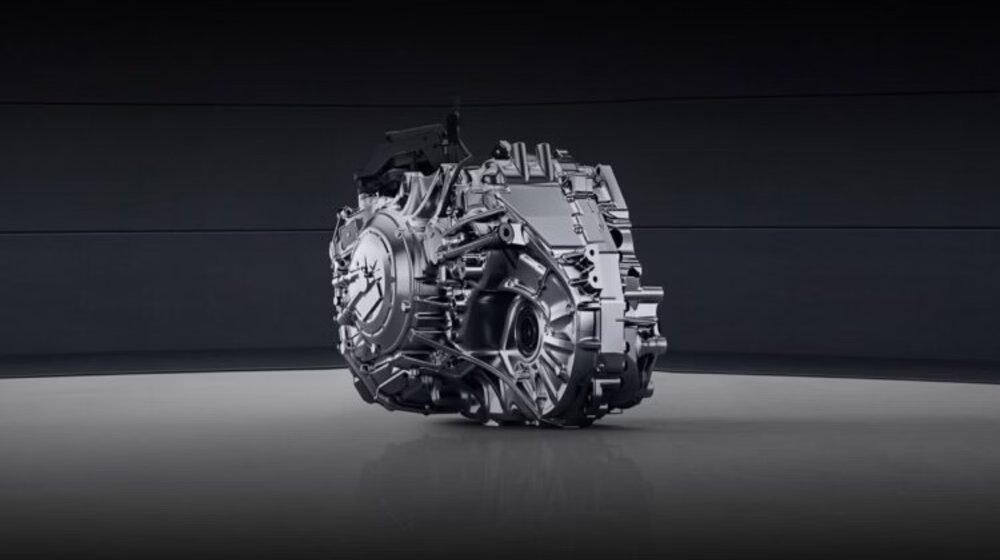Chinese scientists have achieved a groundbreaking milestone in clean energy innovation by developing a plasma-based engine that operates without any fuel or battery. This remarkable propulsion system, created under the leadership of Professor Jau Tang at the University of Wuhan, marks a significant advancement in sustainable technology. Although initially designed for aviation, this innovation could one day be adapted for use in cars, drones, and other transport systems, offering a cleaner and emission-free alternative to traditional engines.
A Revolutionary Step Toward Zero-Emission Propulsion
Unlike conventional engines that depend on combustion or stored energy, the plasma-based engine generates thrust directly from atmospheric air using microwave energy. This eliminates the need for fuel tanks, charging stations, or onboard batteries. The technology compresses air and exposes it to microwaves at a frequency of 2.45 GHz — the same frequency used in standard microwave ovens. This process ionizes the air, creating plasma, an electrically charged state of matter that produces thrust. As a result, there are no emissions, smoke, or chemical byproducts, making it an entirely eco-friendly propulsion method.
How the Plasma-Based Engine Works
The core principle behind this engine lies in its ability to convert air into plasma. When air molecules are exposed to high-frequency microwaves, they lose electrons and form ionized plasma. This rapidly expanding plasma then generates thrust, propelling the object forward or upward. During laboratory tests, Professor Tang’s team successfully lifted a one-kilogram steel ball vertically, proving that the plasma-based engine can produce sufficient thrust even under normal atmospheric pressure.
What makes this innovation remarkable is its ability to operate within Earth’s atmosphere. Traditional plasma propulsion systems are usually used in space, where they rely on vacuum environments and special gases. However, Tang’s model uses only ambient air, opening the door to real-world applications across various transportation industries.
Potential Uses in the Transportation Industry
Although the current model is experimental, its potential impact on transportation is significant. If successfully scaled, this plasma-based engine could power small aircraft, drones, or even next-generation vehicles. For cars, it could mean engines that never require refueling or recharging, as long as there is access to a continuous supply of microwave-generated energy.
To function on a commercial level, the system would need a reliable and renewable source of electricity, such as solar or wind energy. This integration could lead to a future where vehicles run entirely on renewable power, helping to reduce carbon emissions and dependency on fossil fuels. The innovation aligns perfectly with global efforts to promote zero-emission transportation systems.
Comparing Plasma Propulsion with Hydrogen and Battery Power
While hydrogen fuel cells and battery-electric systems are leading green technologies today, they both come with limitations. Hydrogen requires complex and costly infrastructure for storage and transport, while batteries add extra weight and have limited range, particularly for aviation or heavy vehicles.
The plasma-based engine addresses these challenges by eliminating the need for fuel storage and battery packs. It directly converts atmospheric air into plasma, producing continuous thrust without any chemical fuel or added weight. This makes it a promising alternative to existing clean-energy propulsion technologies.
Challenges and Future Development
Despite its promise, the plasma-based engine is still in its early research phase. One of the main challenges is scalability — producing enough plasma thrust to power large aircraft or vehicles requires high levels of sustained microwave energy. Managing and safely controlling plasma in large systems also remains a technical hurdle.
Researchers acknowledge these challenges but remain confident about the technology’s long-term potential. Professor Tang and his team believe this innovation could pave the way for future clean propulsion systems. As microwave power generation improves and renewable energy sources become more efficient, large-scale adoption of plasma-based propulsion could become a reality.
The Future of Clean Transportation
If further developed, this plasma-based engine could transform how the world approaches transportation. Imagine aircraft that fly without jet fuel or cars that never need charging. Beyond vehicles, this technology could inspire broader applications in clean energy production and sustainable power systems.
This breakthrough by Chinese scientists is more than just a technological achievement — it represents a step toward a greener and more sustainable future. By removing the need for fuel and batteries, the plasma-based engine demonstrates that innovation and environmental preservation can progress together, moving the world closer to a truly zero-emission era.



